
Ingredient
Guinea-fowl fresh meat
The Poultry Delicacy with a Unique Flavor
Guinea-fowl meat is known for its lean and tender texture, resembling a cross between chicken and pheasant. It has a distinct gamey flavor that is richer and more robust than chicken. This meat is commonly used in traditional French and African cuisines, where it is often braised, roasted, or used in stews. It pairs well with bold flavors and aromatic herbs.
Origins and history
Guinea-fowl has a long history of culinary use, particularly in France and West Africa. In France, it is considered a delicacy and is often served during special occasions. In West Africa, guinea-fowl is a staple protein source and is used in various traditional dishes. Guinea-fowl is native to Africa but has been introduced to other regions, including Europe and North America, for farming purposes.
Nutritional information
Guinea-fowl meat is a good source of lean protein, vitamins, and minerals. It is lower in fat and calories compared to other poultry options like chicken or turkey. This meat is also rich in iron and zinc, essential for healthy blood and immune function.
Allergens
Some individuals may be allergic to guinea-fowl meat, particularly if they have existing poultry allergies. Allergic reactions can range from mild symptoms like skin rashes to more severe reactions like difficulty breathing. It is important to consult with a healthcare professional if you suspect an allergy.
How to select
When selecting guinea-fowl meat, look for cuts that are firm and moist, with no signs of discoloration or unpleasant odor. The skin should be smooth and free from blemishes. If purchasing a whole guinea-fowl, ensure that the eyes are bright and clear, indicating freshness. Opt for organic or free-range options whenever possible for better quality and flavor.
Storage recommendations
To maintain the freshness of guinea-fowl meat, store it in the refrigerator at or below 40°F (4°C). If the meat is not consumed within a few days, it can be frozen for longer storage. Proper packaging, such as vacuum-sealed bags or airtight containers, will help prevent freezer burn and maintain quality.
How to produce
Guinea-fowl can be raised on small farms or in backyard settings, provided they have access to outdoor space and suitable shelter. They require a balanced diet of grains, seeds, and insects. Guinea-fowl are hardy birds and can adapt to various climates, making them suitable for farming in different regions.
Preparation tips
Guinea-fowl meat can be prepared in various ways, depending on personal preference and the desired dish. It can be roasted whole or in pieces, braised in flavorful liquids, or used in stews and casseroles. The meat pairs well with herbs like thyme, rosemary, and sage, as well as bold spices like paprika or cayenne pepper. Guinea-fowl can also be marinated before cooking to enhance its flavor.
Substitutions
Chicken or pheasant can be used as substitutes for guinea-fowl meat, although the flavor and texture will differ. Chicken is a milder option, while pheasant offers a similar gamey taste. Adjust the cooking time and method accordingly when substituting these meats.
Culinary uses
Guinea-fowl meat is commonly used in French and West African cuisines. In France, it is often roasted or braised and served with rich sauces or seasonal vegetables. In West Africa, guinea-fowl is used in traditional dishes like jollof rice, groundnut stew, or grilled kebabs. It can also be used in salads, sandwiches, or pasta dishes for a unique twist.
Availability
Guinea-fowl meat is commonly available in regions where it is farmed or raised, such as France, West Africa, and some parts of Europe and North America. It can be found in specialty butcher shops, farmers markets, or online retailers in these regions.
More ingredients from this category

Partridge fresh meat
Succulent Partridge: A Delight for Meat Lovers

Goose fresh meat
The Delicate Delight: Exploring Goose Fresh Meat

Turkey fresh meat
The Lean Protein Powerhouse

Undefined mixed poultry fresh meat
The Mystery Blend of Poultry Delights

Chicken fresh meat
The Versatile Protein: Chicken

Quail fresh meat
The Delicate Game Bird: Quail

Ratites fresh meat
The Unique Flavor of Ratites Fresh Meat

Pigeon fresh meat
Delicate Delights: Exploring the World of Pigeon Meat

Pheasant fresh meat
The Game Bird Delicacy: Pheasant Fresh Meat

Duck fresh meat
The Delicate Delight: Succulent Duck Fresh Meat
Recipes using Guinea-fowl fresh meat » Browse all
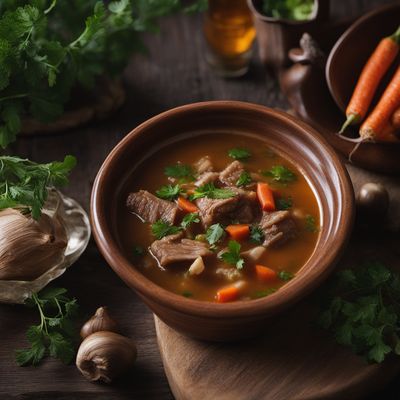
Bulgarian Tripe Soup
Hearty Delight: Bulgarian Tripe Soup

Blackened Alligator with Cajun Spice Rub
Spicy Cajun Delight: Blackened Alligator with a Kick
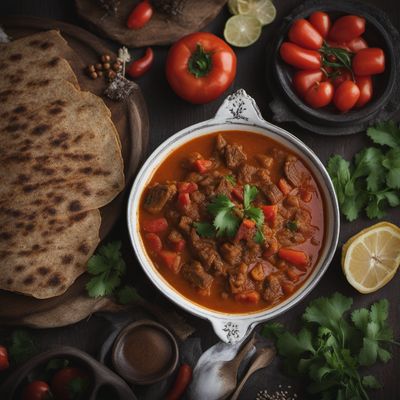
Trippa alla Cagliaritana - Western Saharan Style
Savory Saharan Delight: Western Saharan Tripe Stew

Galician-style Tripe Soup
Savory Galician Delight: Tripe Soup with a Twist

Crispy Andean Delight
Andean Crunch: A Flavorful Twist on Cuy Frito
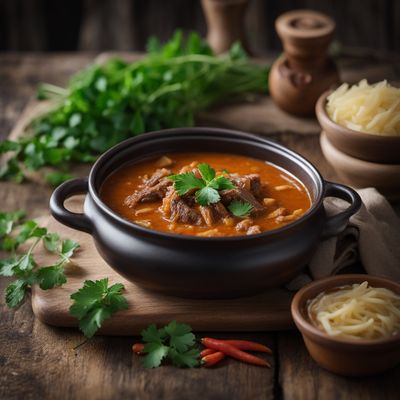
Georgian-style Tripe Soup
Hearty Georgian Tripe Soup: A Savory Delight for the Senses
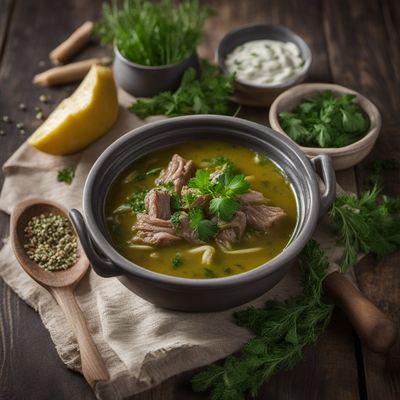
Albanian Tripe Soup
Hearty Delight: Albanian Tripe Soup
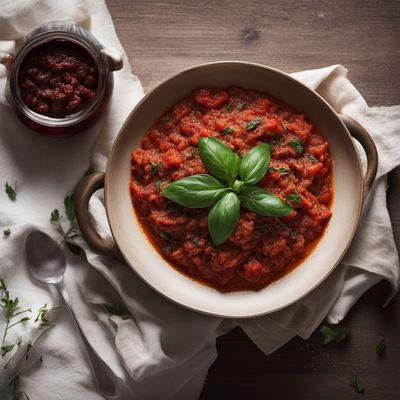
Trippa alla Campobassana
Hearty Italian Tripe Stew with a Twist

Pieds Paquets with Provencal Flavors
Savory Delights: Provencal Pieds Paquets
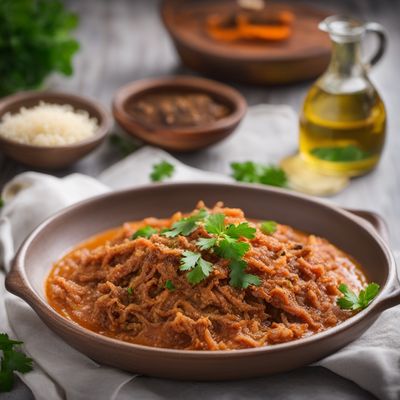
Algerian-style Tripe with Parmesan Cheese
Savory Algerian Tripe Delight
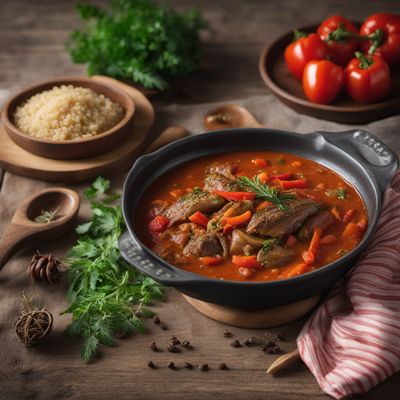
Bosnian-style Iguana Stew
Savory Bosnian Iguana Delight
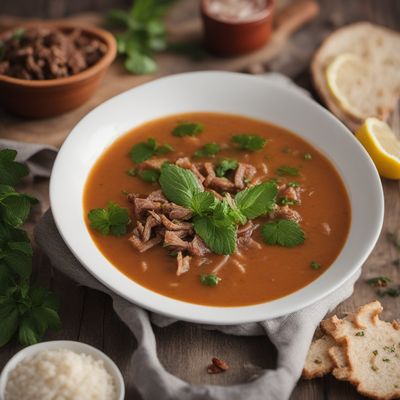
Turkish Tripe Soup
Hearty Delight: Turkish Tripe Soup